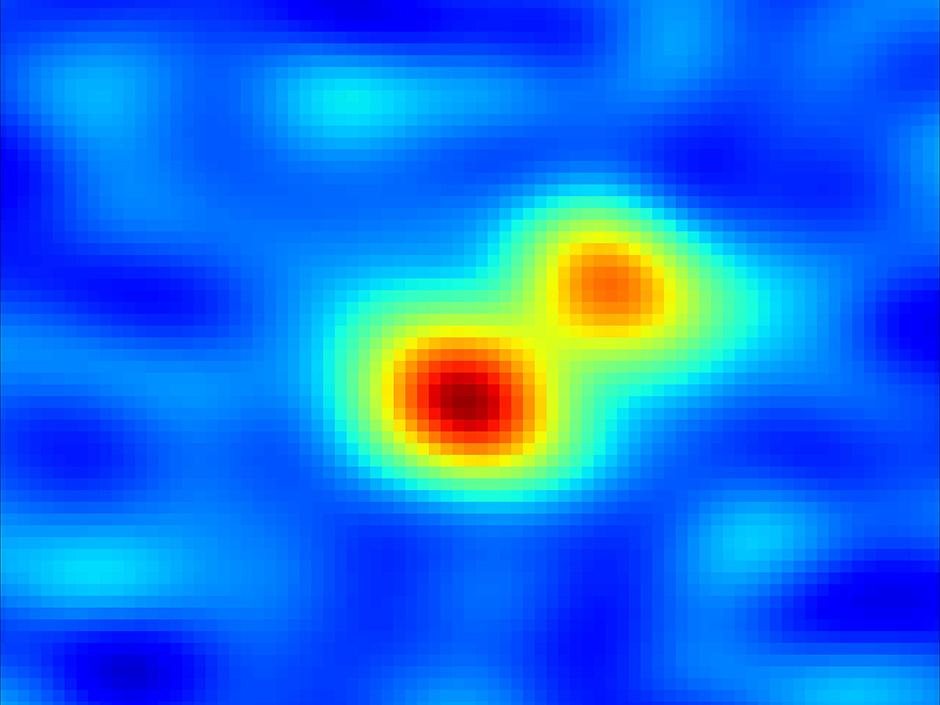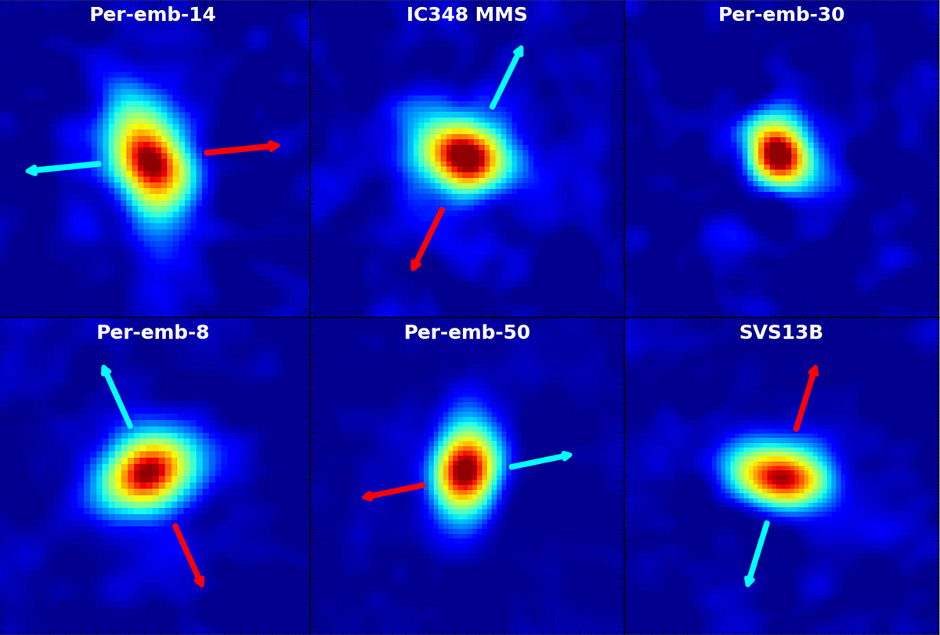
Images made from the study showed unprecedented detail of a number of the young stars, and are helping astronomers resolve important questions about how stars, binary stars, and planets get their starts. The astronomers presented their results to the American Astronomical Society’s meeting in Kissimmee, Florida.
Looking at young multiple-star systems, one team concluded that two different formation mechanisms may be at work to produce such systems. They noted that the systems they studied fall into two distinct types, based on the distance between the stars in the system. The closer systems have stars separated by about 75 times the Sun-Earth distance, and another group has its stars separated by about 3,000 times the Sun-Earth distance. They also found that more than half of the youngest stars they studied are in multiple systems, suggesting that star formation tends to produce multiples rather than single stars.
“Several different processes have been suggested for how multiple-star systems form, and our results indicate that the separation between stars may tell us which of these processes is responsible for a particular system,” said John Tobin, of Leiden Observatory in the Netherlands.
The researchers concluded that the more widely-separated multiple-star systems form through turbulent fragmentation of the larger cloud, while the closer systems are the result of fragmentation within the disc of material orbiting the original protostar. They also found that somewhat older systems have fewer widely-separated companions than the youngest group of protostars. This, they said, suggests that perhaps some young stars that form as widely-separated systems are not gravitationally bound and simply drift apart over time.
Another team, led by Dominique Segura-Cox, of the University of Illinois, found that the dusty discs around some of the protostars are larger than some theoretical models predict. These discs are essential to the formation of planets, some binary companions, and the young star’s ability to draw in additional material. Despite their central role in these processes, however, their formation mechanisms have been debated among astronomers.
As material falls inward toward a young star, it pulls magnetic fields along with it. Theorists suggested that these fields, which become stronger as they are concentrated closer to the star, could be aligned so that they drastically slow the disc’s rotation, limiting the size of the disc. Theoretical models predicted that this effect, called magnetic braking, would limit the discs to a radius about 10 times the Earth-Sun distance, or slightly more than the distance from the Sun to Saturn.
One explanation for the larger disc sizes may be that, in some systems, the magnetic field and the rotation axis of the star are misaligned, a configuration that reduces the magnetic-braking effect. Evidence for this has been seen in some objects, the researchers said.
In another study published last December, a team using data from the same project found that the material falling toward one protostar is twisting the magnetic field lines and changing their configuration as it drags them inward. That study, which measured the magnetic-field alignments near the star, indicates one mechanism for minimising the magnetic-braking effect.
“These observations of discs around such young stars suggests that all the elements needed for planet formation are present very early in the life of a star. Plus, it is probable that there are already centimetre-sized particles in these young discs, meaning that the growth of solids progresses rapidly,” Tobin said.
“This survey sampled the largest number of young stars, and revealed fainter objects than we could study previously, and did so in greater detail. The information it provided has dramatically improved our knowledge,” Tobin said.
“The discs we studied are difficult to observe as they are obscured by the cloud in which they are forming, but these new VLA observations reveal the discs and provide critical data into their formation mechanism,” Segura-Cox said.



